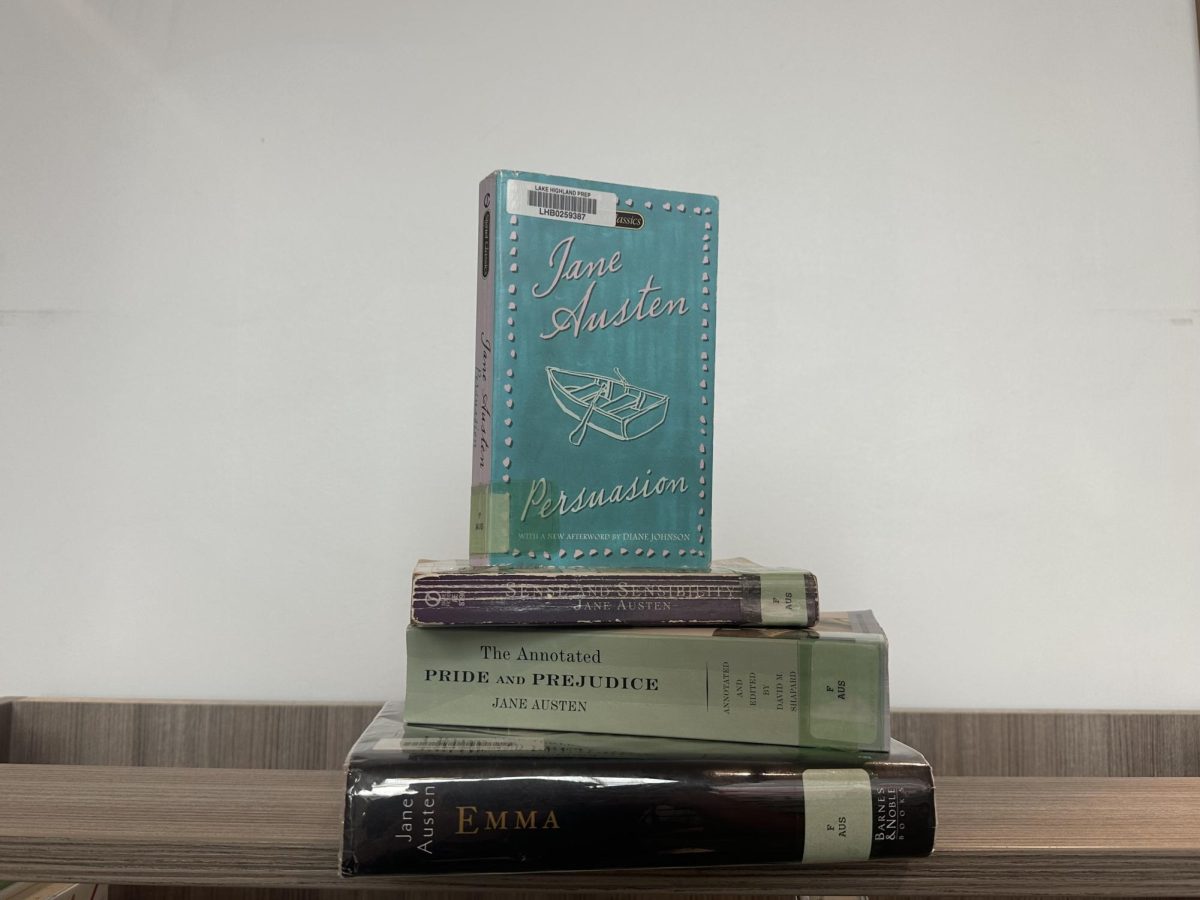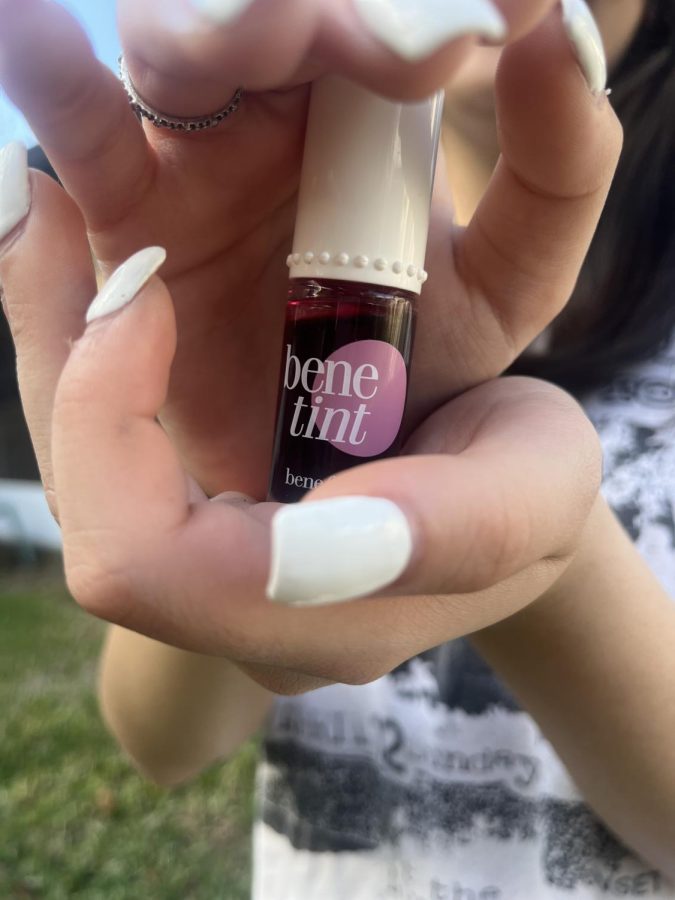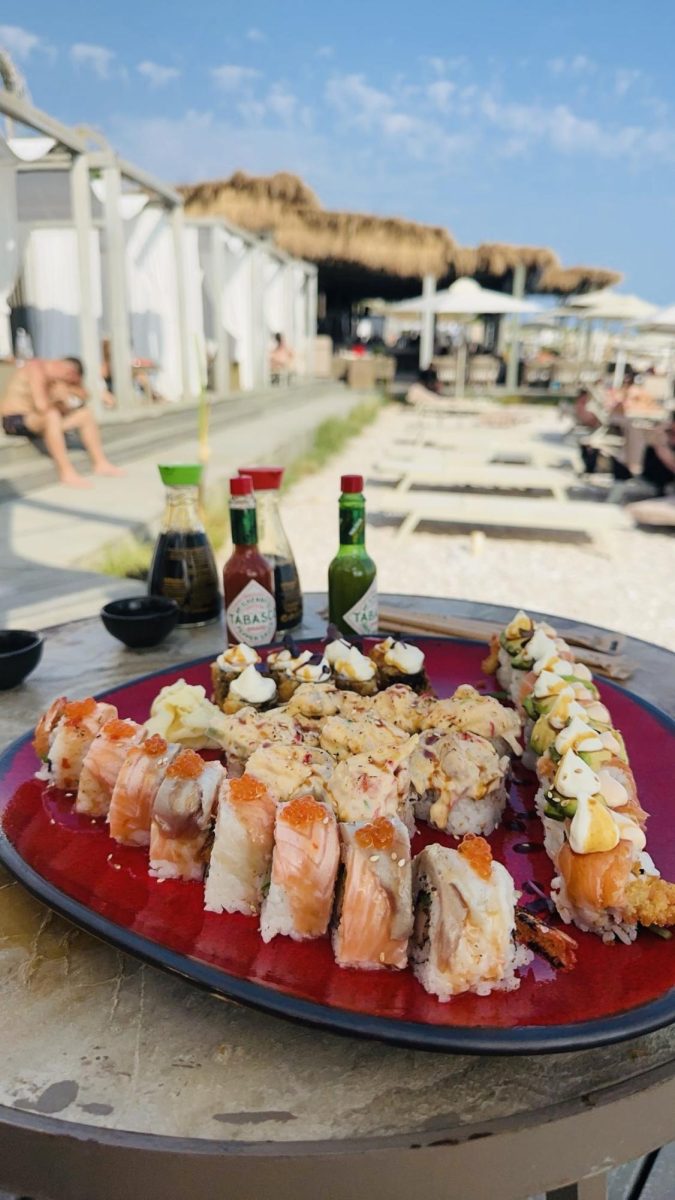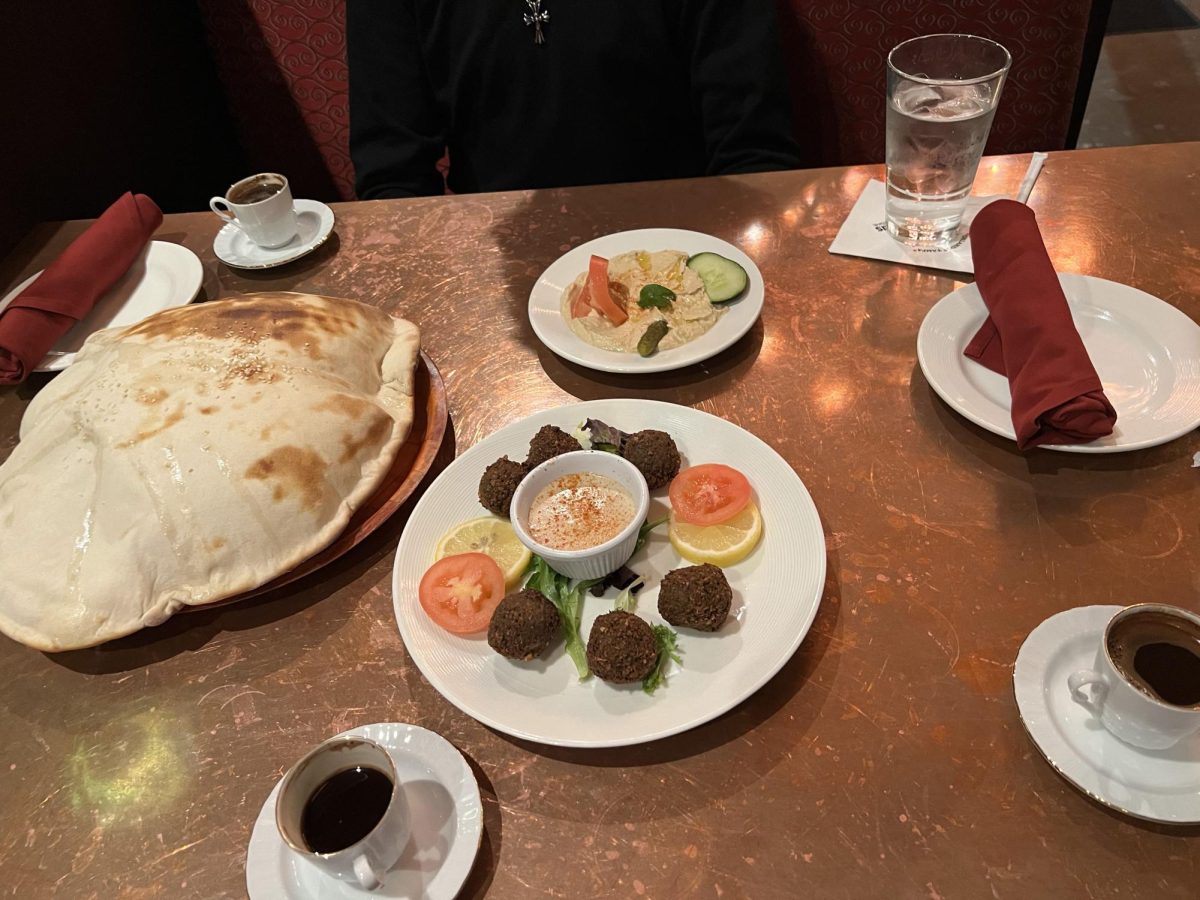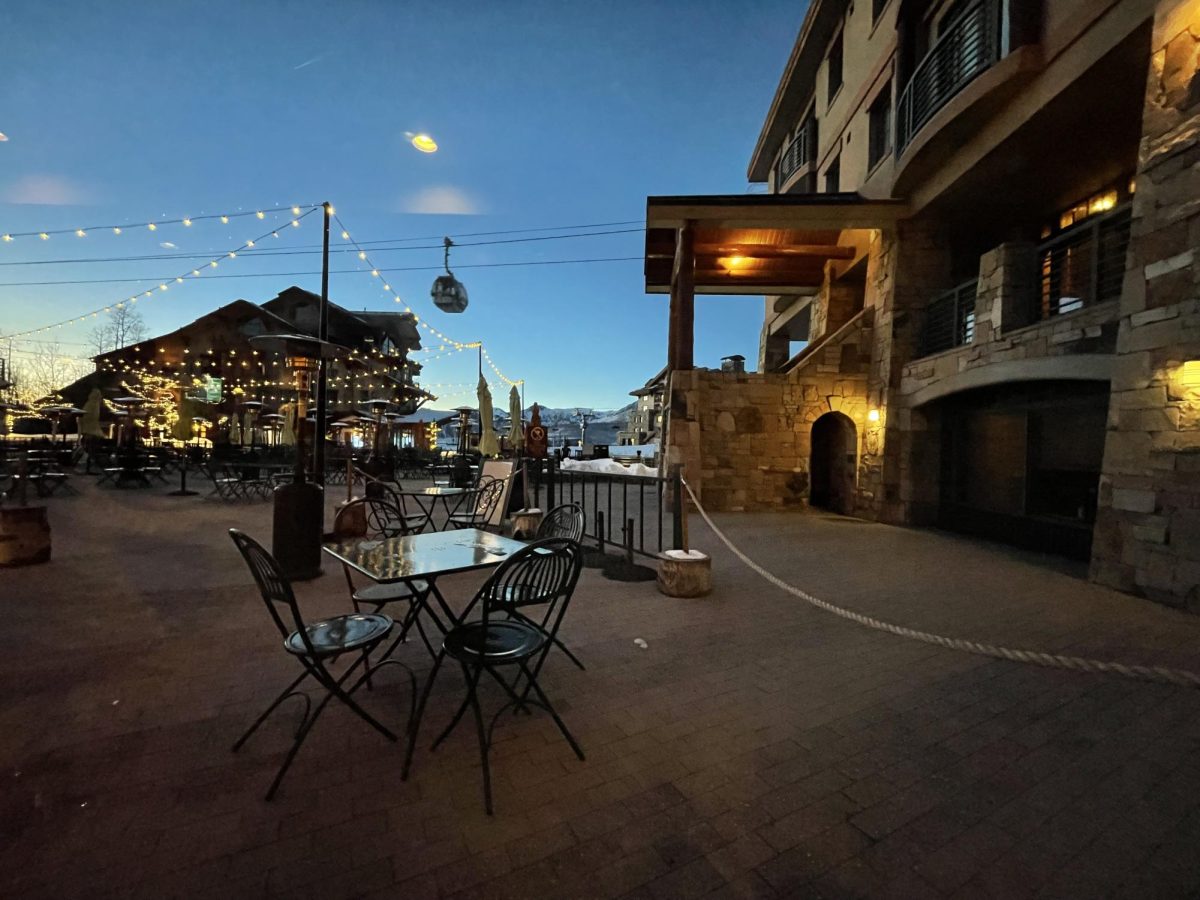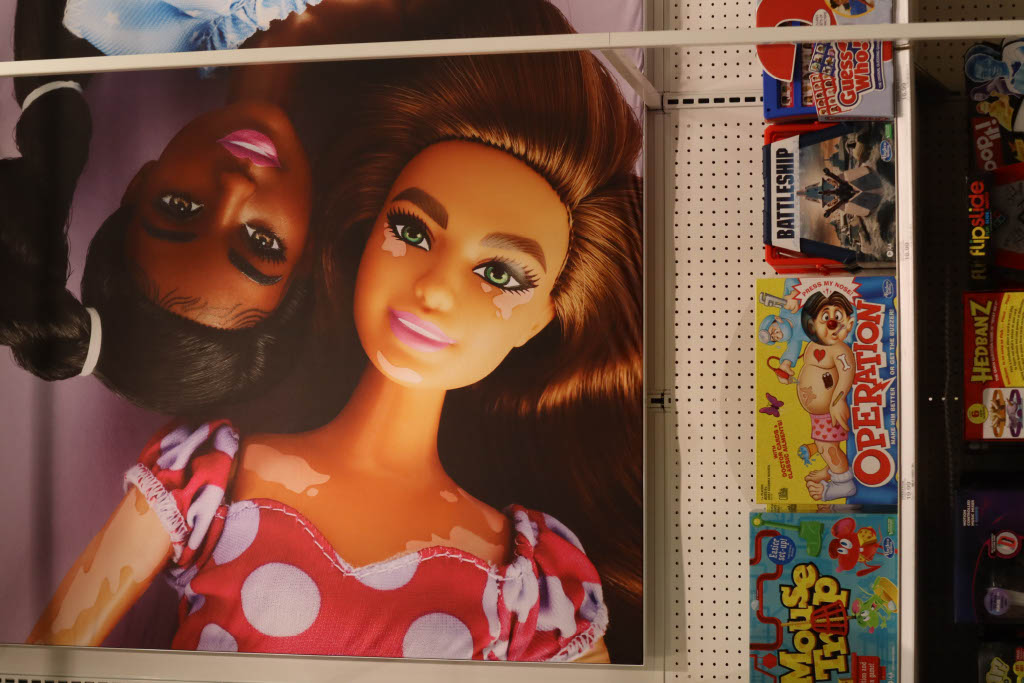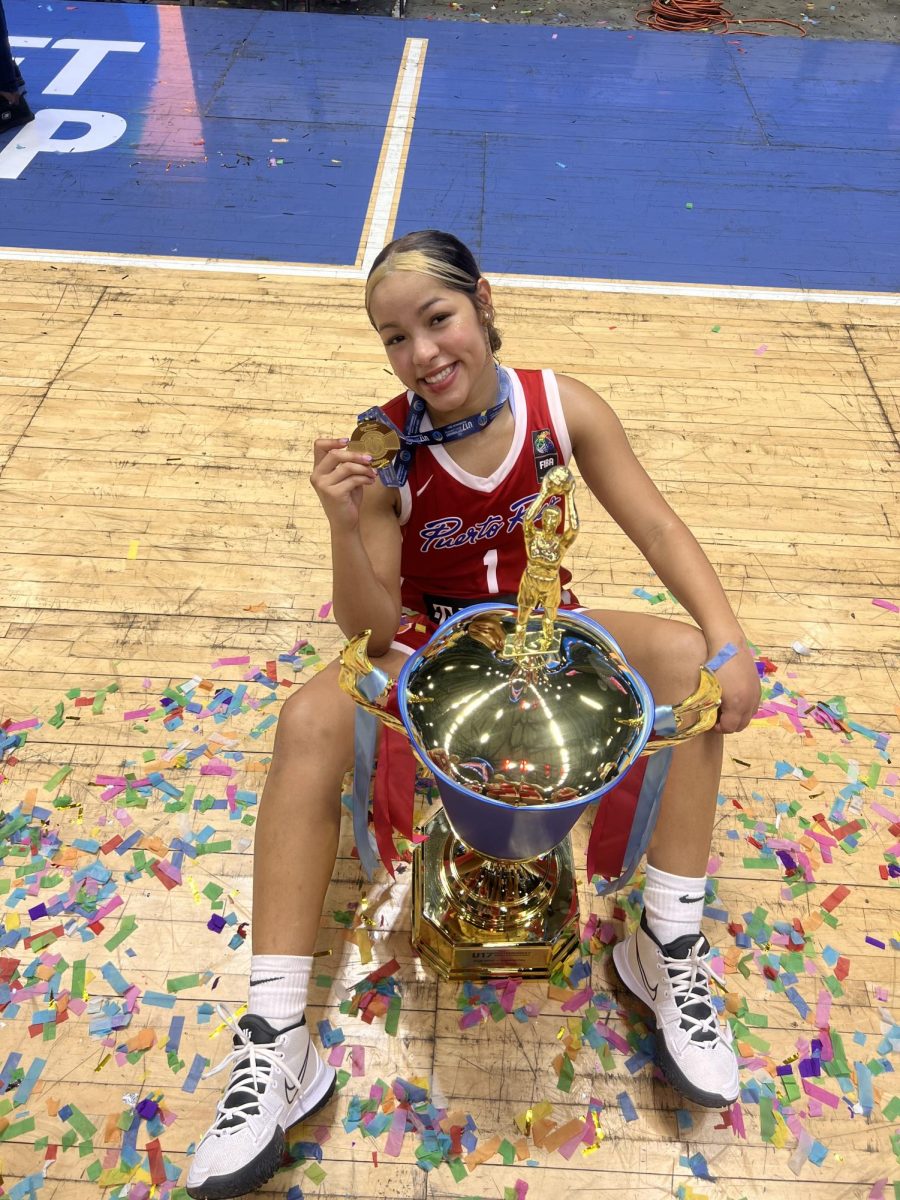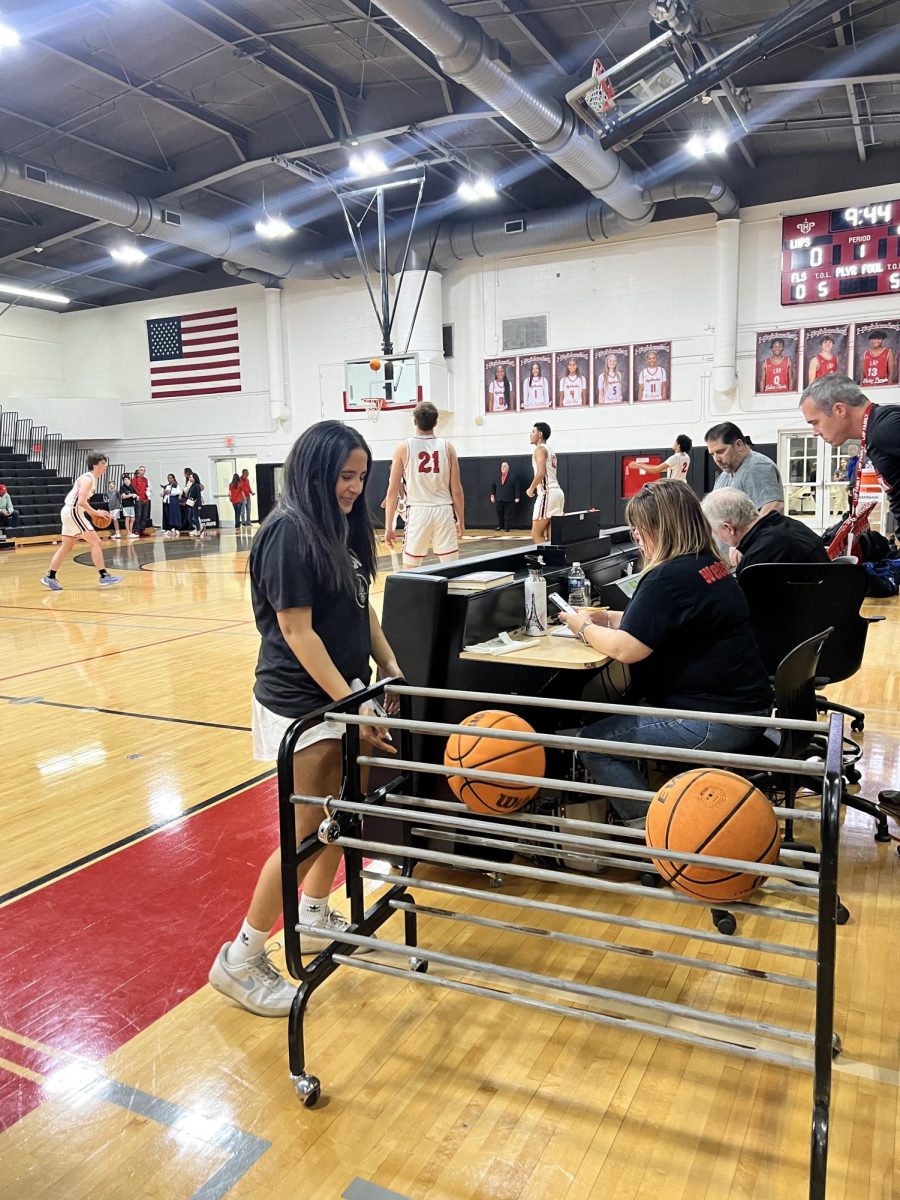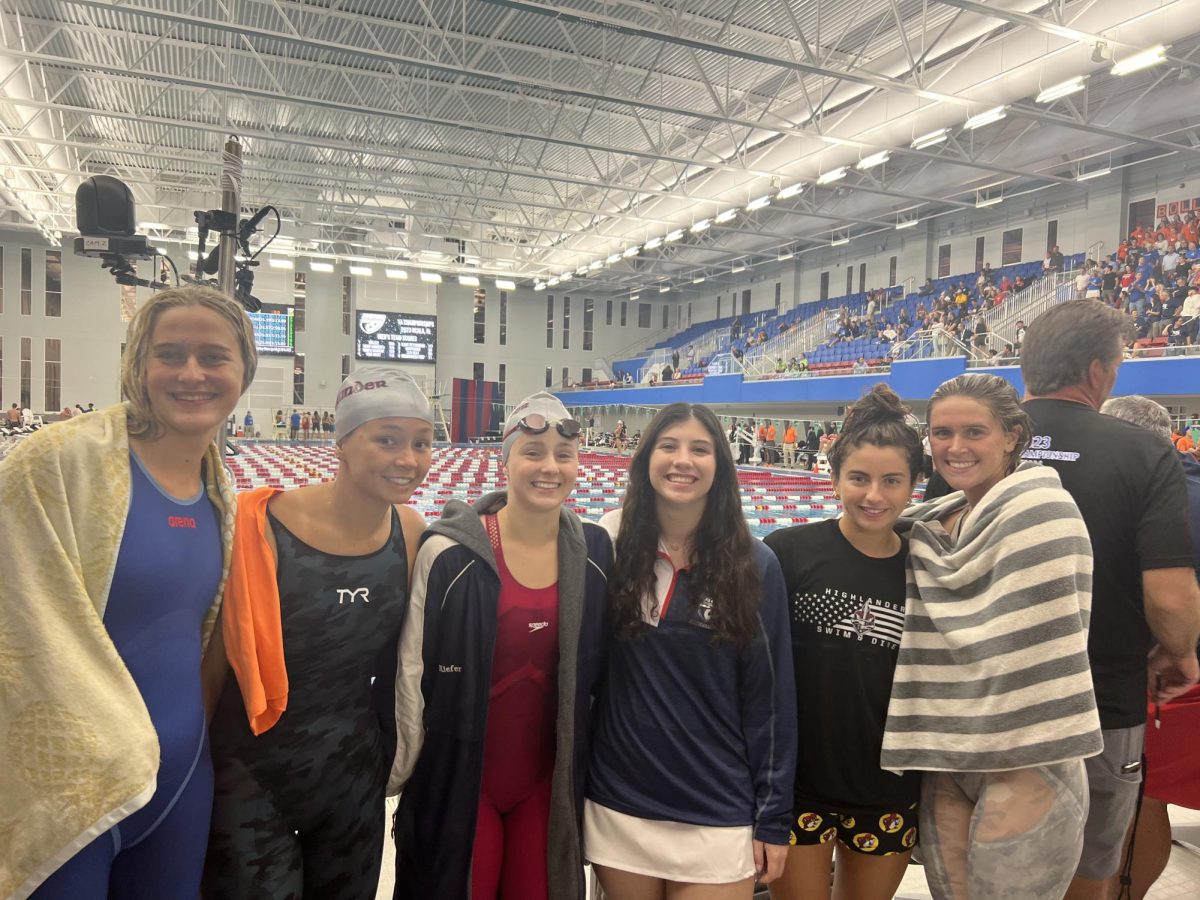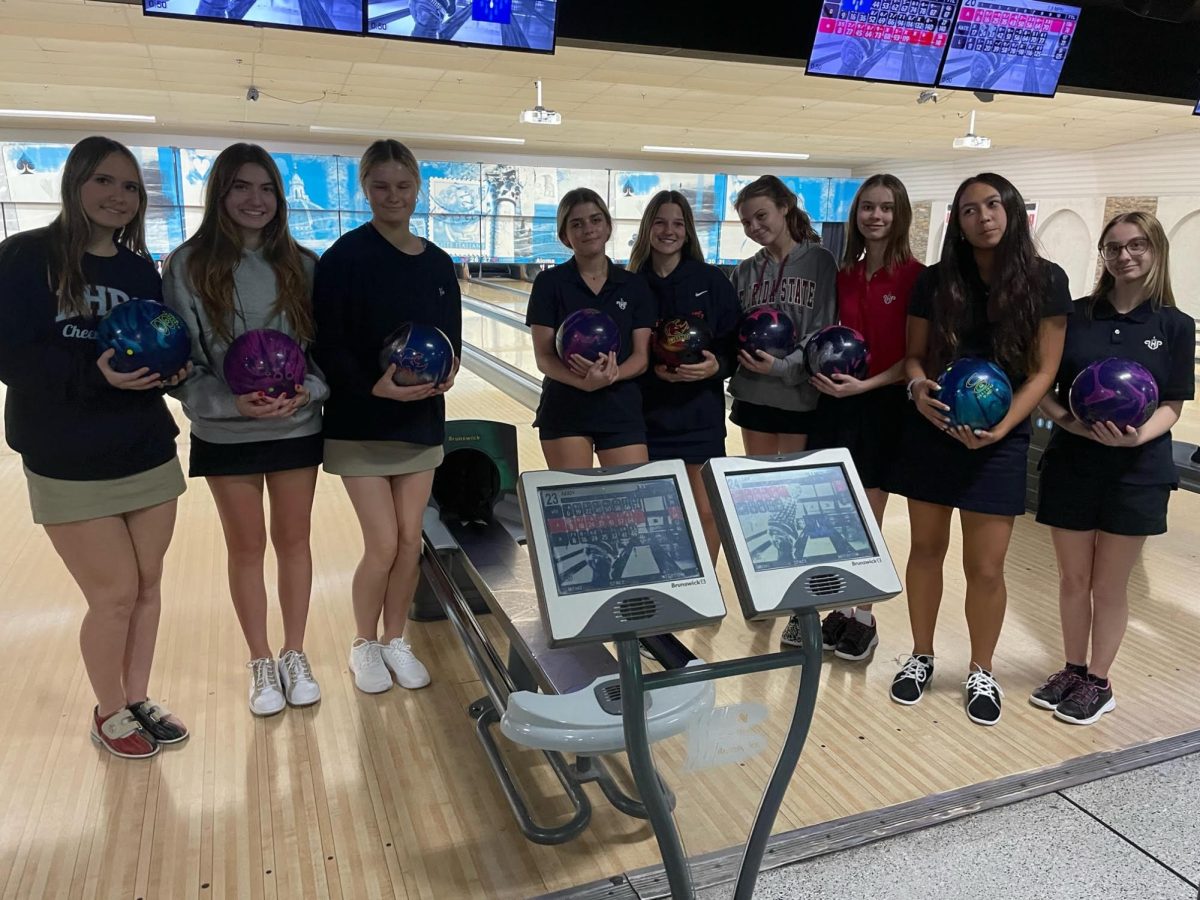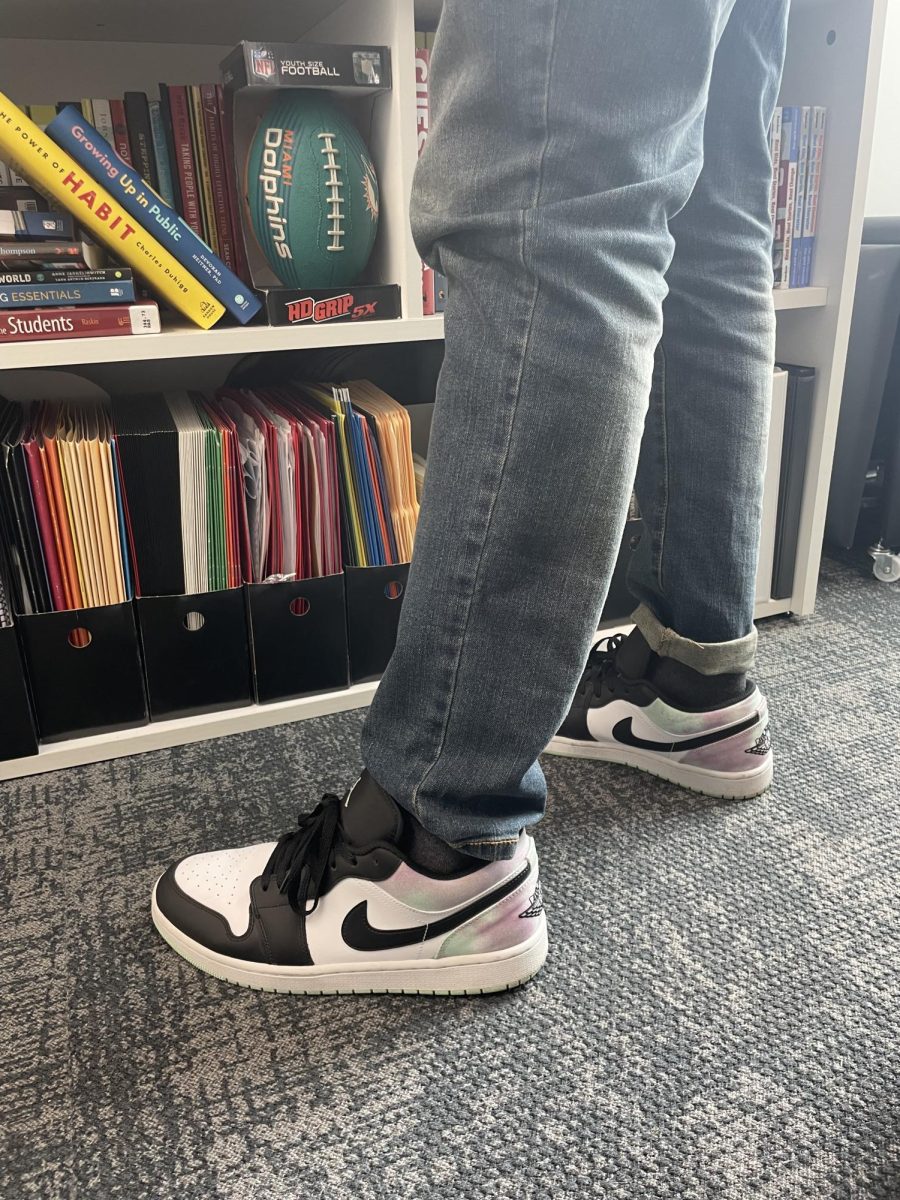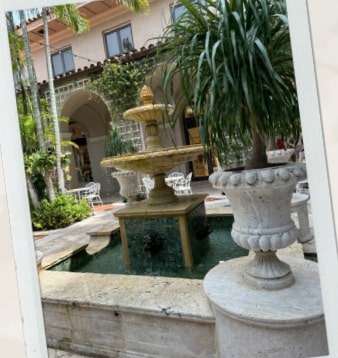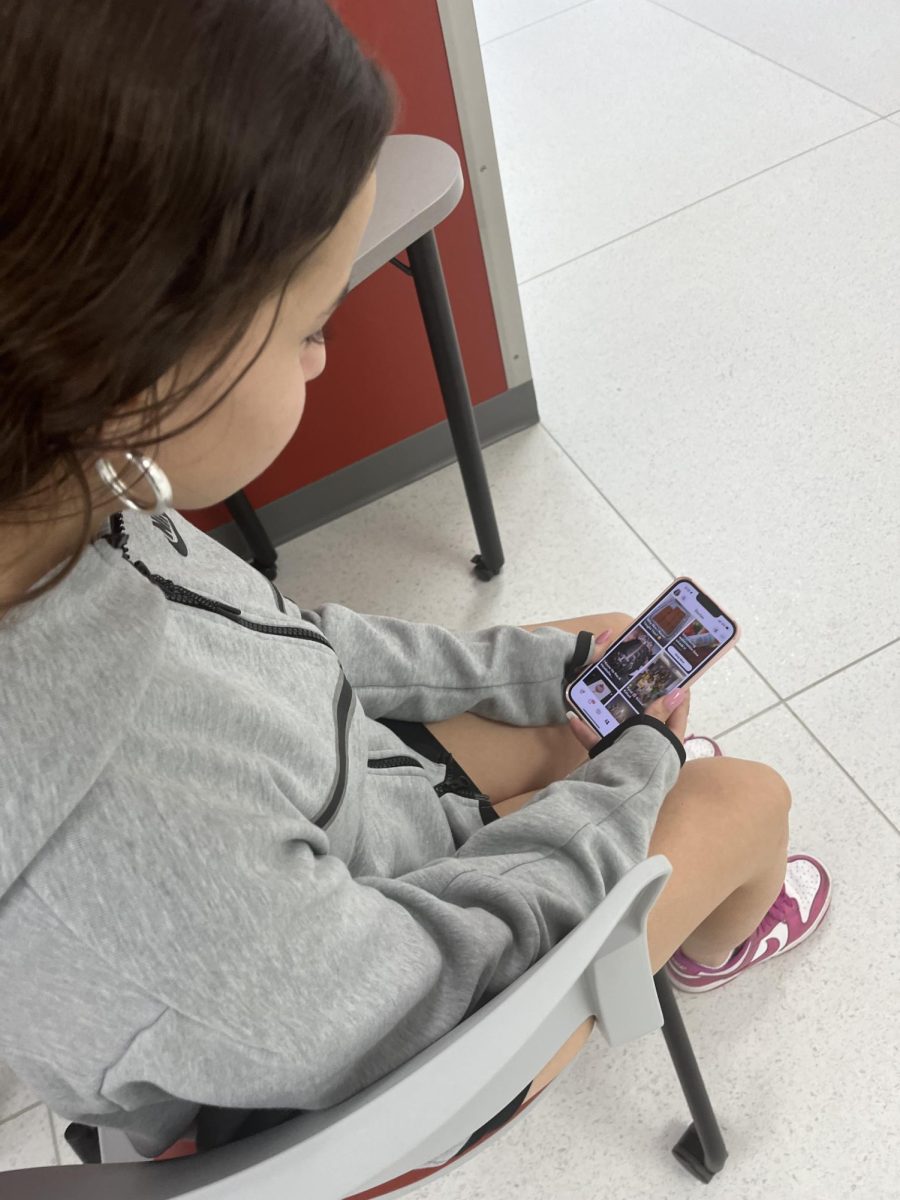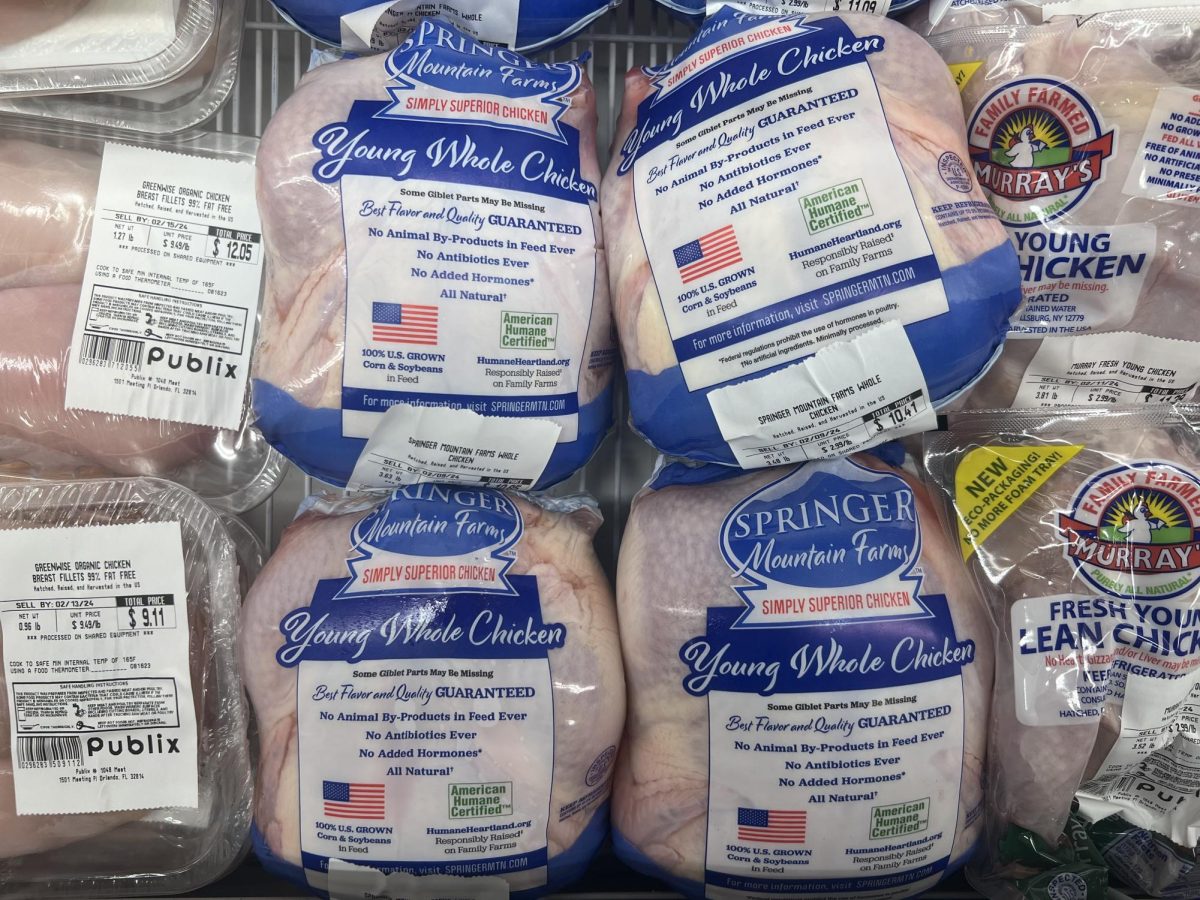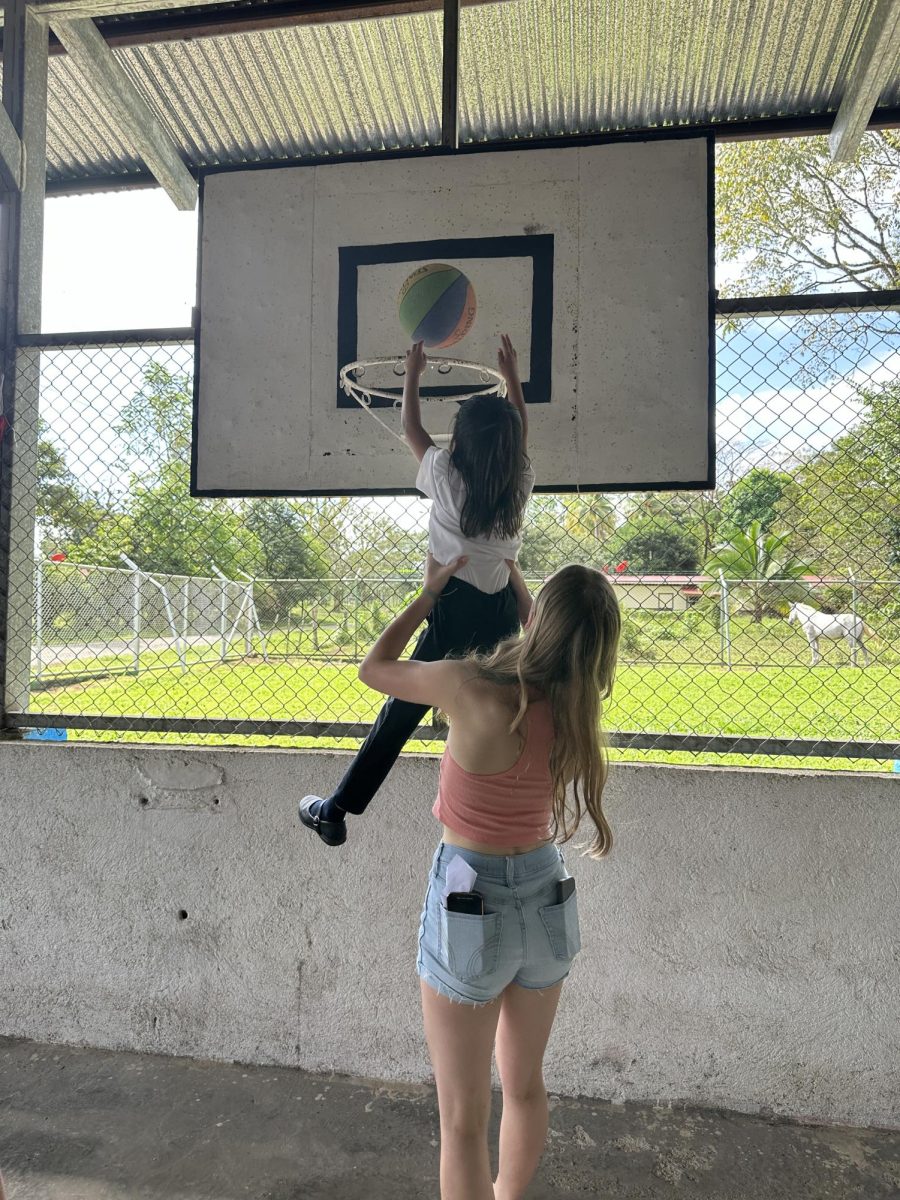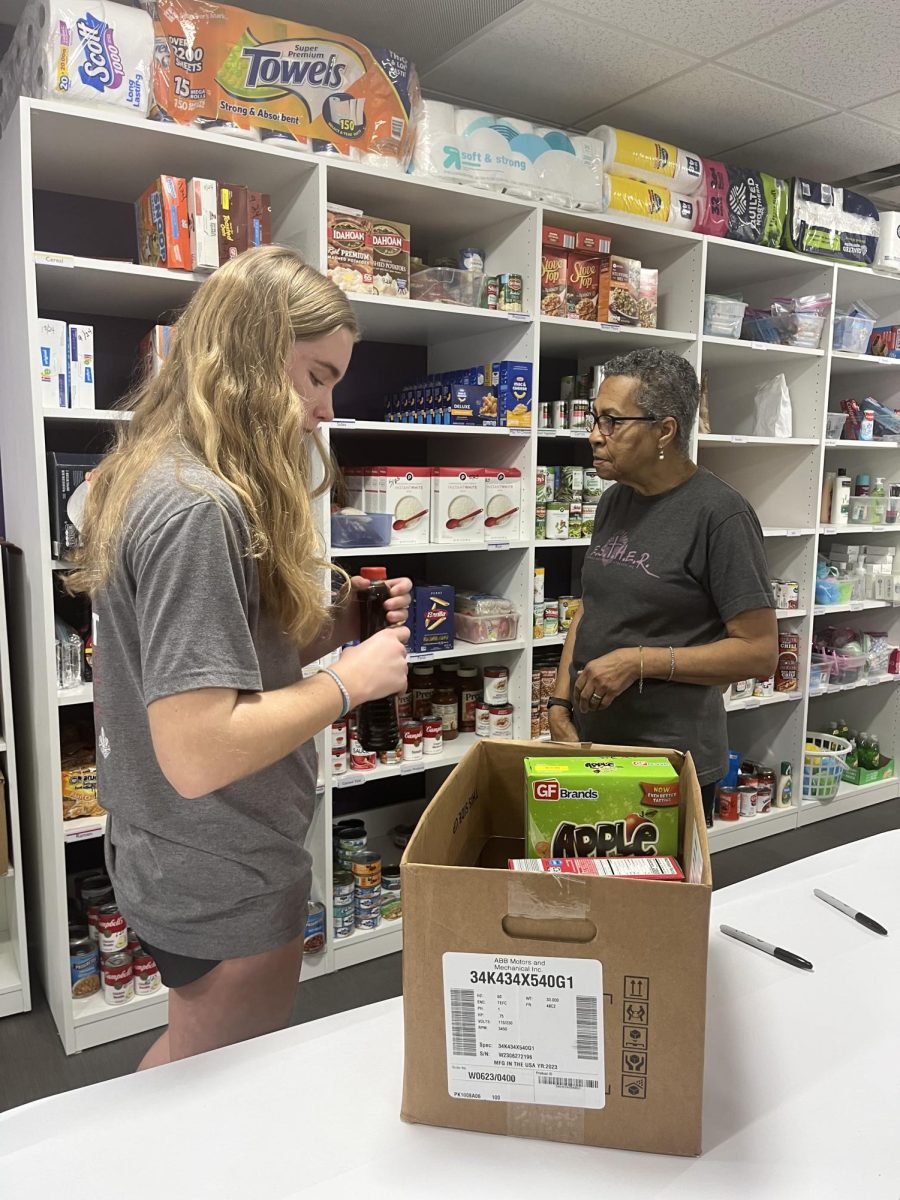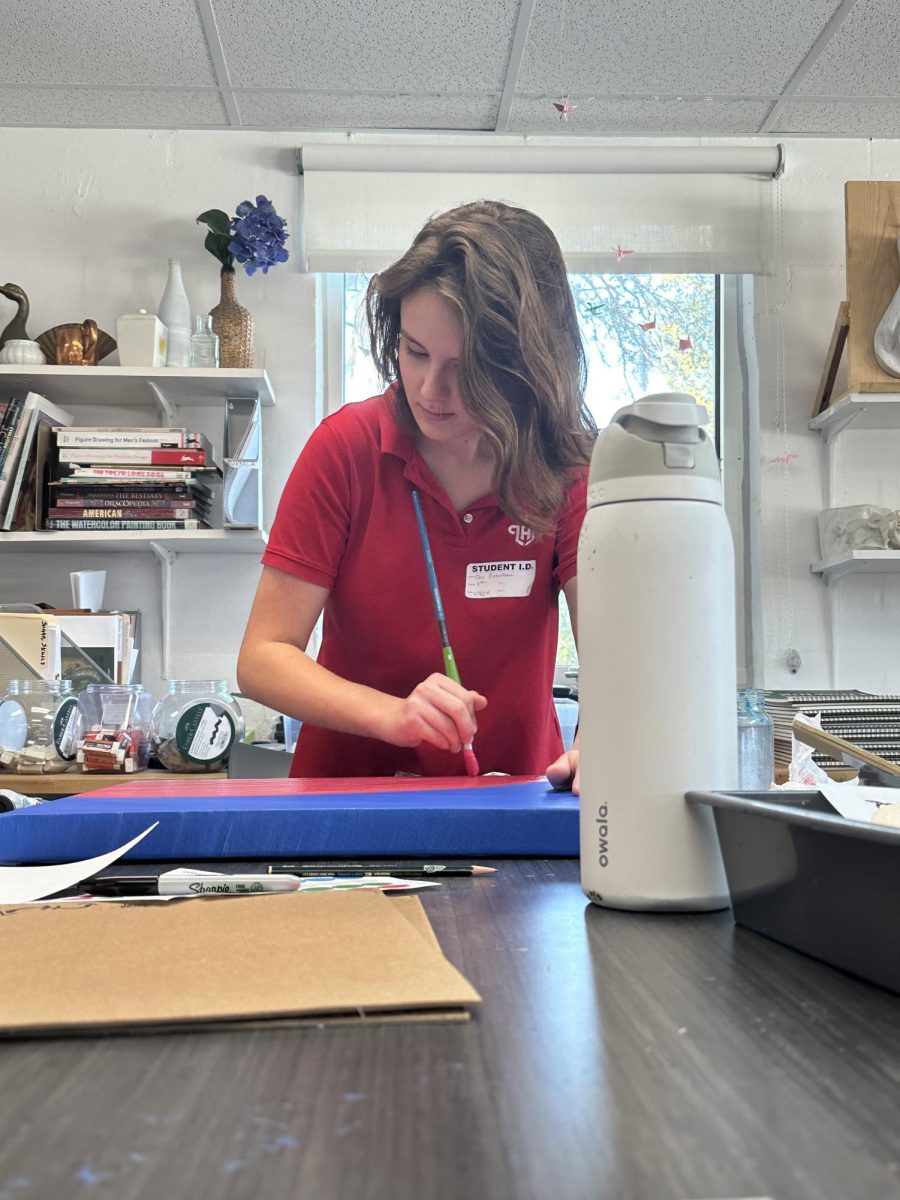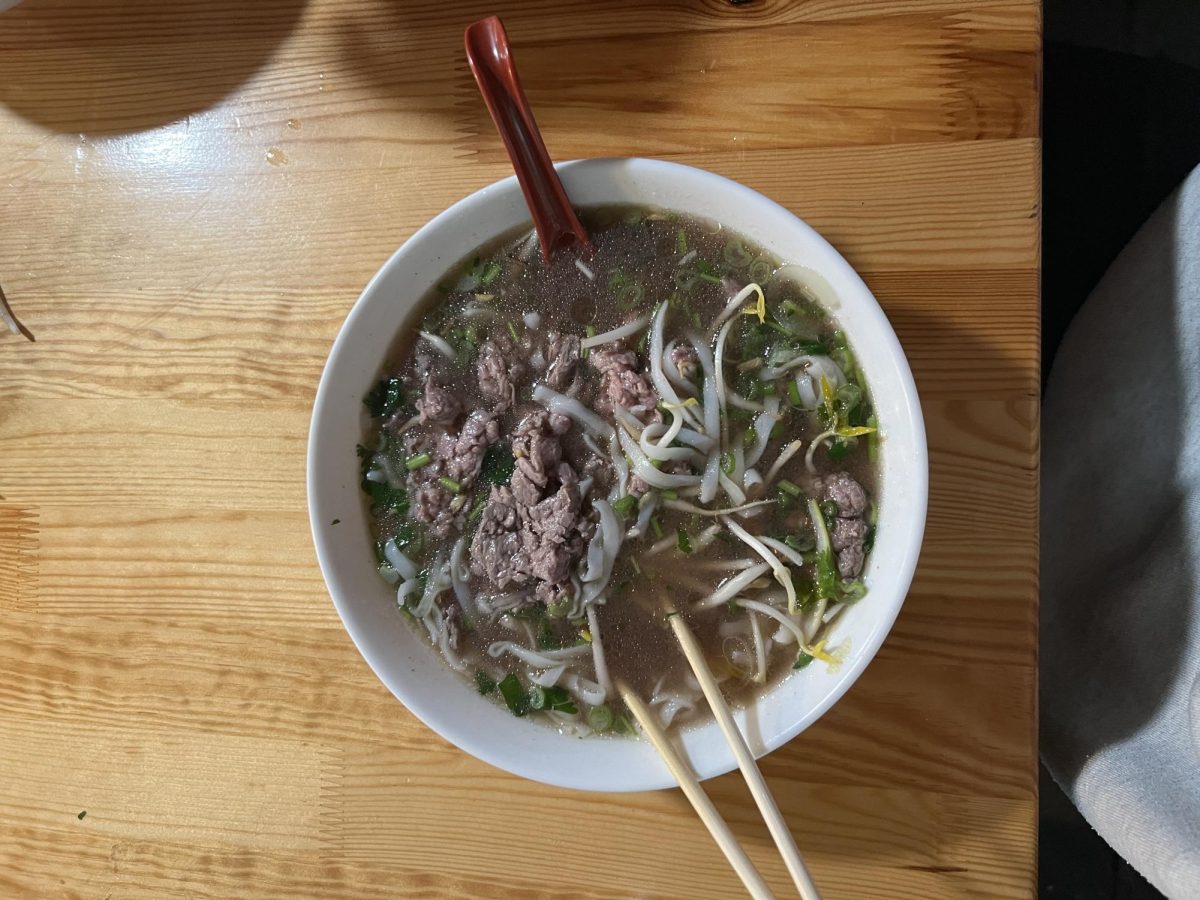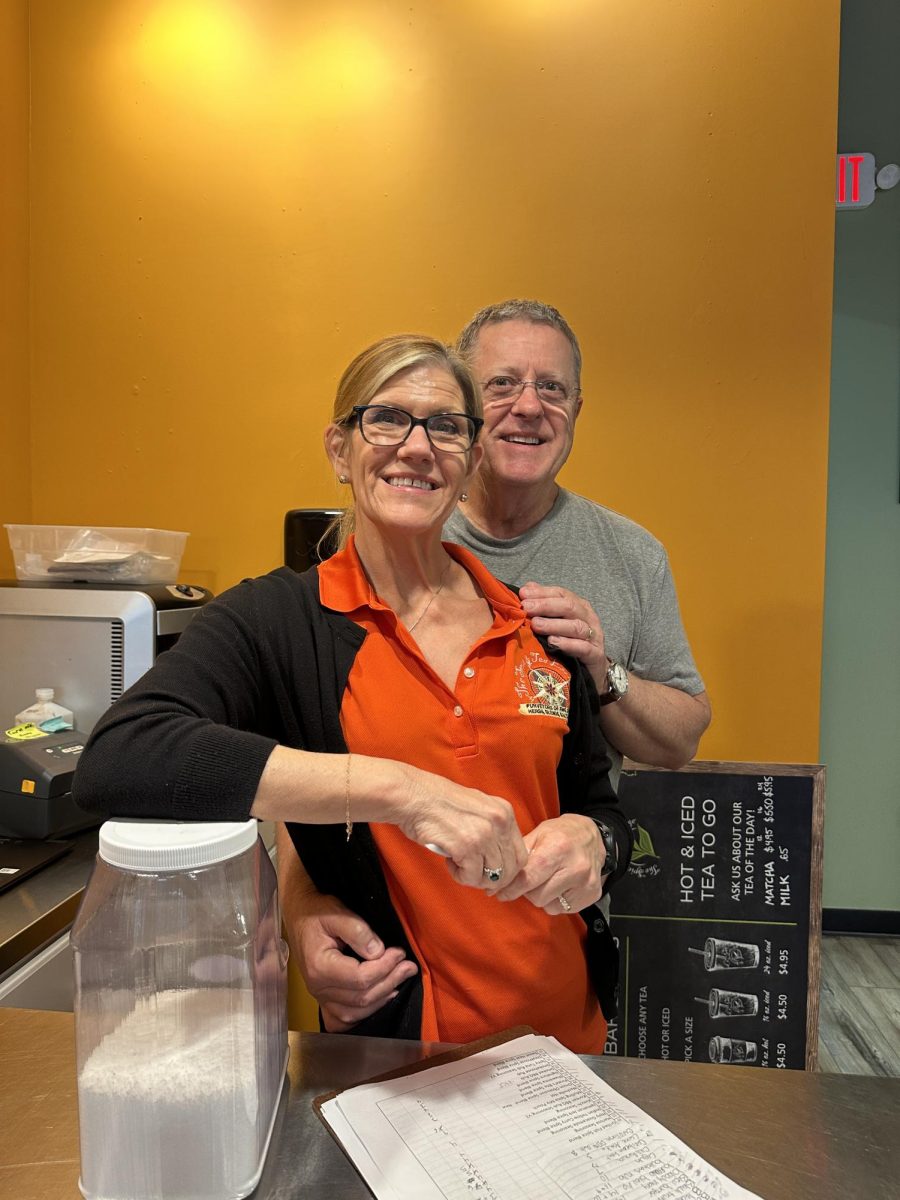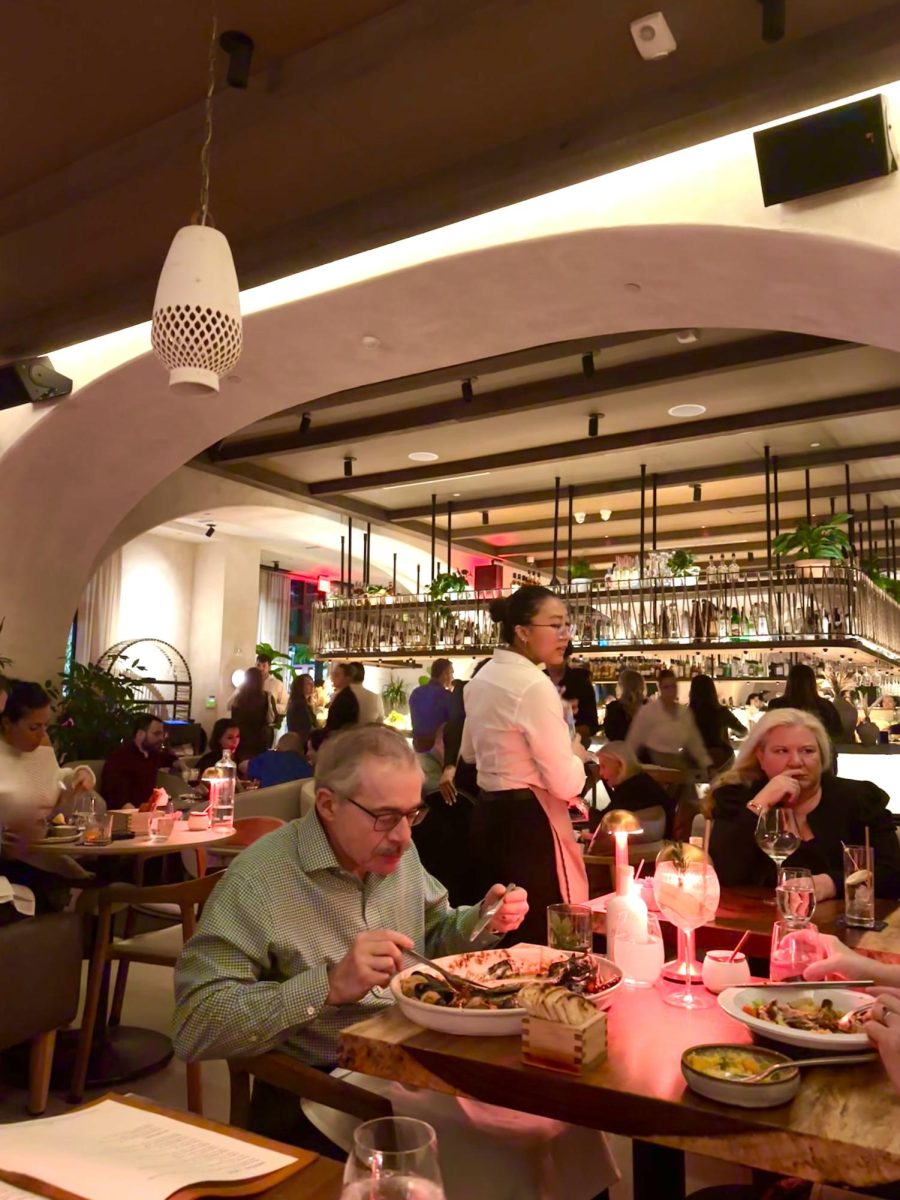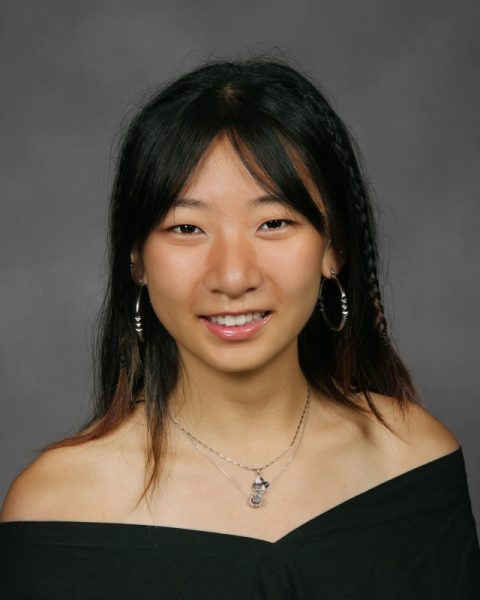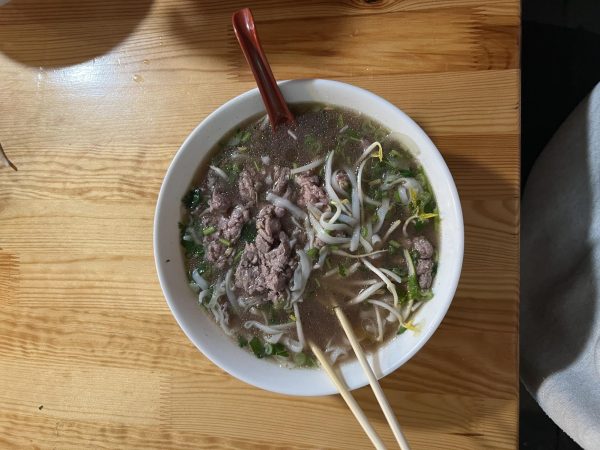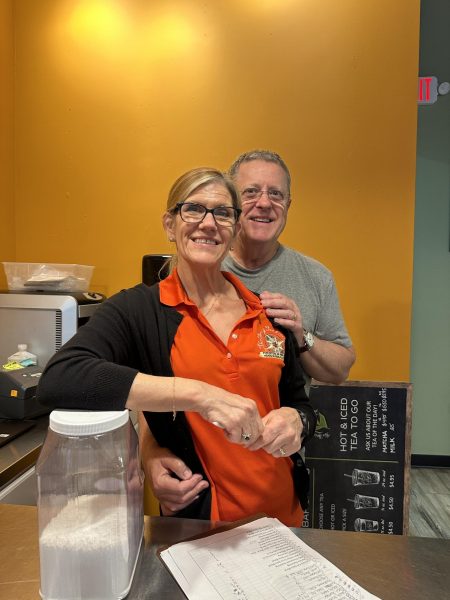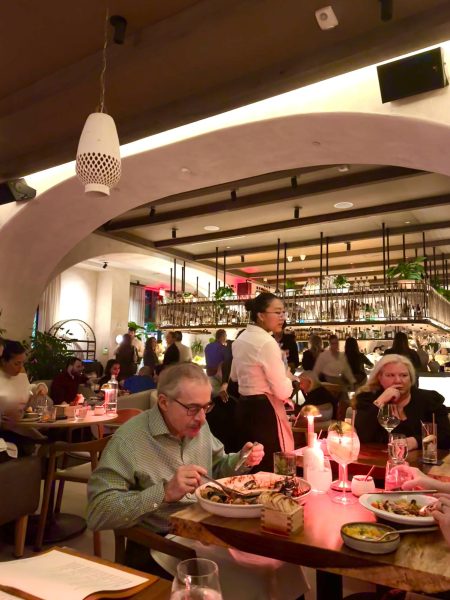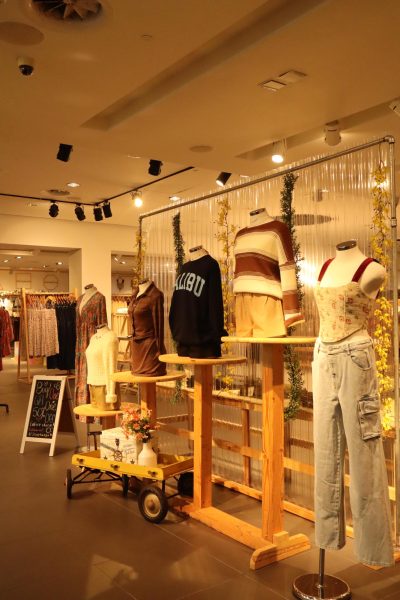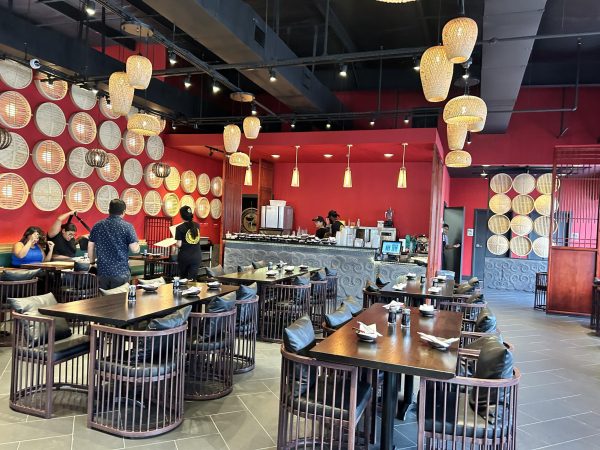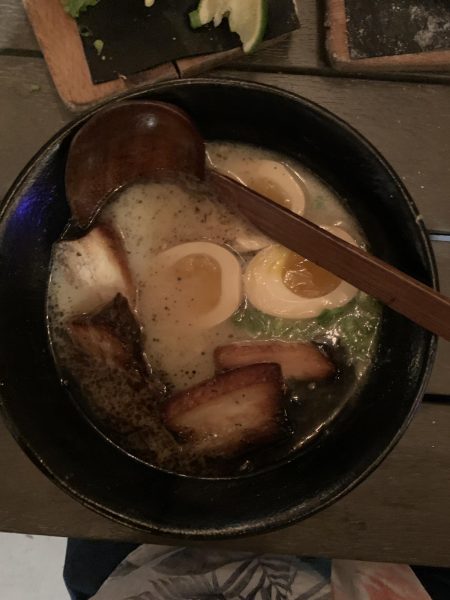A Pro-Chef Rates Restaurant’s Authenticity
November 7, 2022
When someone asks for Chinese takeout, it conjures up images of oily lo mein, sticky sweet orange chicken, and over-sauced broccoli, all slopped into a standard white takeout box from Panda Express. Orange chicken does not exist in China. I repeat: it does not exist. If people were searching for more authenticity, they can land themselves at fusion restaurants such as Hawkers Asian Street Food. Hawkers crafts a blend of Asian tastes from Pad Thai to Udon noodles and the many baos in between, with dishes hailing from Thailand, Korea, Japan, Vietnam, Singapore, and China. Of course, as with fusion, these dishes only showcase the most basic and simple of Asian tastes, and there is still something distinctly Western mixed in with the green onion and garlic.
If one wants to experience something truly authentic, look no further than the YH Seafood Clubhouse located on Turkey Lake road. Although this restaurant opened no more than six months ago, this upscale restaurant has already gained quite a reputation among the local Chinese community. YH stands for Yummy House, and they specialize in seafood, dim sum, and Cantonese dishes from Southern China.
The main difference between the food in Northern China and Southern China is the North having noodles and dumplings, and the South having rice and rice flour dishes. My mom is from the North, so my grandma would make us dumplings, broth noodles, potstickers, and bao. Luckily, I get the best of both worlds with my dad from the South. And this influence is obvious from the rice he cooks daily for dinner and the frozen glutinous rice balls he stocks up from the Chinese grocery store.
Different Chinese dishes originated from different parts of China, and as they make their way across the ocean, they not only get diluted, mixed, and altered, but sometimes erased all together. Often, in America, Chinese food is one taste and always oversaturated and over greased. But apart from the dramatic difference between North and South, there are also 56 different provinces in China which equates to 56 different kinds of “Chinese food.” The spicy hotpot from SiChuan is not the same as the sweet pork ribs of Shanghai or the savory broth noodles from Shandong.
Although there are some things which almost all Chinese chefs have in common. The no-waste mentality means dishes use the entire animal and the entire plant: not an eye, tongue, or root goes to waste. There is never a hasty pouring of sauce or 30 minutes of pre-rubbing salts to give flavor to meat. Marination can be as long as two weeks, and anything shorter than overnight is a sin. Replace “grill” with “stir-fry,” “barbecue” with “steam,” and “fry” with “boil,” or more likely, a stuttering simmer which can go as long as eight hours. Also, Chinese desserts, regardless of their origin, are never as sweet as their Western counterparts. The sponge cakes are delicate, the milk pudding creamy, and the almond jelly light. Often, fancy dinners are finished with a complimentary plate of sliced watermelon and oranges.
Exploring new Chinese restaurants is always fun with family since my dad is a professional chef from Shanghai, China. Whenever a Chinese restaurant, like YH, claims to be authentic and starts gaining a good reputation among locals, we are like bloodhounds on a trail. The moment we got the menu, I handed it over and made sure he ordered the signature “Chinese chef” dishes to test the kitchen.
He pointed to one dish on the menu, Szechuan Pork, and told me it was a very typical dish all chefs have to know how to prepare in China. He nodded, “If they get it right, then this chef is the real deal.” It is often very hard to translate Chinese dishes since there just is not the right vocabulary to make it sound appealing. Dishes will have ingredients like chicken feet, jellyfish, fish lips, and more, so the butchered translation ends up being a joke on the menu. For this dish, it was tender chicken strips with bell pepper, bamboo shoots, and wood ear, all stir-fried to a spicy perfection.
Instead, we were served an independent creation. There was no spice to it at all, consisting of its own sweet and sour sauce. If I had not known what it was supposed to be like, I would have thought the dish tasted great. The chicken was incredibly tender, and the vegetables were soft yet held their shape. But unfortunately, I knew better. Straying from tradition and experimenting is completely fine, but in this case, they should have renamed it something other than Szechuan Pork, an instantly recognizable title. My dad had a face of mild disappointment. From his 28 years of living in Orlando, he has yet to find a truly authentic Chinese restaurant to compete with restaurants in China. There was not any elegant or memorable element to any of the dishes. He critiqued, “These dishes are made by just a normal cook, not trained. Most American Chinese fast food restaurants use the same techniques, just with worse menus.”
As for the presentation, even I had to say it felt very basic. For upscale restaurants in China, presentation is always key. There are entire watermelons carved into 3D book containers, and the cover is lifted to reveal glossy shrimp inside the shell. A little potato fisherman throws out a fishing net made of transparent strings of radish to cover shiny filets of actual fish. Plates are painted with food juices to look like colored engravings, dry ice filling a glass cover for a rainbow of seafood, and buns are formed in the shape of tiny animals complete with pink ears and a snout. The presentation at YH was drab in comparison.
Thankfully, we did not stop at the dishes, and when the dim sum arrived, it truly saved the day. Dim sum traditionally is served in small bamboo steamers, so presentation is not an issue. The Black Truffle Shrimp Dumplings were a sure recommendation. Do not be put off by the black rice wrapping; it all adds to that subtle truffle flavor. Although it may be a bit basic, I love the Crystal Shrimp Dumplings, which again, had twice as much shrimp meat inside. Also, I would like to clarify, these are not the boiled dumplings with the crescent moon shape that most people think of. That is a Northern Chinese dish. Dim sum is from Southern China, so these “dumplings” are round and wrapped with clear rice flour. There is not another word for it, so “dumpling” will have to suffice. It did not just stop there; every piece of dim sum was made with an expert hand. Nothing fell apart before it reached my mouth with imaginary fanfare.
I knew we hit the jackpot when I looked at my dad. He had a pleasantly surprised look on his face. He added, “Their dim sum has a chef who is professionally trained. This is the best I’ve had in Orlando.” This was confirmed when our waitress told us YH indeed had a Dim Sum Master in their kitchen. In China, Dim Sum Masters have their own category as a professional chef. So, despite an initial disappointment, YH pulled itself together. Needless to say, the dim sum will keep us coming back for more.
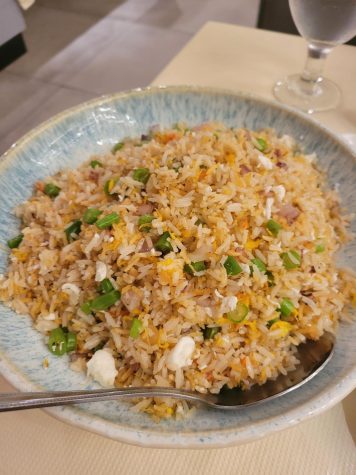
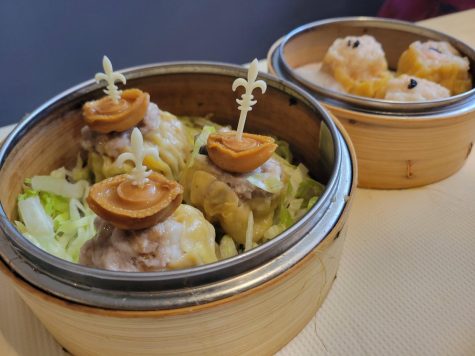
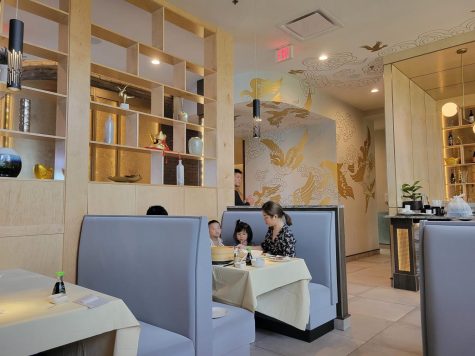
(Above) We walked into the YH and were surrounded by golden decor and greeted by the standard Maneki-Neko, a waving lucky cat known to bring prosperity to its owner. Despite its Japanese origins, the cat is popularized in many Asian restaurants. Our family always likes to get a booth seat because of the beautiful lighting from floor-to-ceiling windows.



